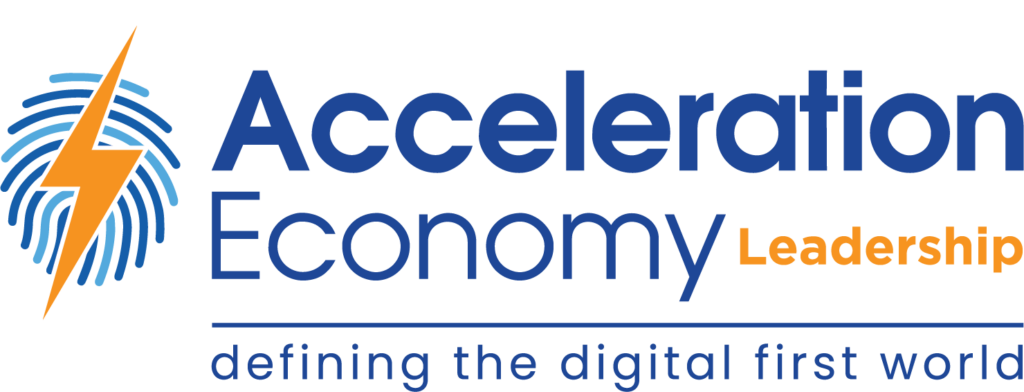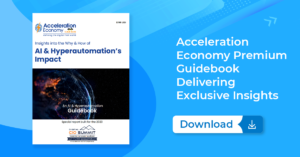For chief financial officers (CFOs), business technology is now at the center of customer experience, revenue, and operational strategy. With artificial intelligence (AI) kicking into high gear and headed toward mainstream status, it’s time for CFOs to develop a game plan for implementing this powerful technology in their organizations.
Benefits of AI for Finance Teams
While AI has largely been used in factory settings — think robotic process automation (RPA) for tasks such as quality control on assembly lines — the technology can provide a wide range of remarkable new capabilities and address pain points for CFOs and their teams. Here are some of the more compelling finance-specific benefits.
Delivering Data Where and How It Is Needed
For finance teams, a common constraint is the manual practice of accessing balance and transaction data. Typically, teams that rely on spreadsheets still must search through multiple bank portals and consolidate data into one common format. It’s a time-consuming process, and AI helps dramatically speed up the process.
Improving Risk Assessment and Cash Forecasting
AI can make generating a forecast baseline and other scenarios easier by helping to spot trends over time. By implementing user-defined variables, such as a decrease in sales, AI can analyze the foundational data in your forecast and generate new scenarios, which helps CFOs understand the risks associated with certain investments and market changes so that they can make more informed decisions.
In addition, CFOs can harness the power of AI to analyze historical data to help forecast future results. This historical data, augmented with known events, can give a complete picture of an organization’s health.
Creating Contingency Plans That Address Economic Trends
To create contingency plans, CFOs must understand operational and market threats that could affect cash flow. For example, it’s good to be aware of potential operational bottlenecks that could arise from logistics or other issues. In addition, as we’ve experienced over the past few years with pandemics, conflicts, and other geopolitical factors, there is dramatic impact on cash flow industries or markets shut down. By analyzing these factors, AI tools can provide the information and intelligence you need to create contingency plans based on future cash flow projections.
Increasing Confidence in Decision-Making
The bleeding edge of AI in forecasting is around the mutation — algorithms reviewing, cleansing, and updating data — of forecasting models. As your model reacts to anomalies in that data over time, AI can start to predict more reliably given the input your team applies.
Implementing and Operationalizing AI
To get started, whether you’re the CFO or another member of the finance team, you’ll want to educate yourself about AI, including evaluating its potential benefits and risks for your business. Next, ensure that your data is accurate, complete, and well-organized. AI is only as good as the data and information it interacts with.
As you evaluate solutions and vendors, you’ll want to consider factors such as cost, ease of implementation, and scalability. Implementing AI comes with a host of issues — some technological, some ethical — so it’s a good idea to tap the expertise of a partners ecosystem to help you navigate this complexity.

Which companies are the most important vendors in AI and hyperautomation? Check out the Acceleration Economy AI/Hyperautomation Top 10 Shortlist.
As with any technology project, the deployment of AI requires the development of a clear implementation plan that includes milestones and timelines. You will want to ensure that your IT infrastructure can support the AI software and that you have a training program for your employees so they understand the AI capabilities and how to take advantage of them. Establishing clear performance metrics and tracking the impact of AI on your business also needs to be part of your implementation plan.
As you operationalize the use of AI in your organization, it’s important to continuously monitor the performance of the AI system, and whether or not it’s compliant with applicable laws and regulations, then adjust as needed.
Ongoing communication on the benefits and risks of AI to stakeholders, including employees, customers, and investors, will also be helpful. Technology is evolving rapidly, so make sure your plan includes staying up to date with advances in AI and identifying opportunities for further innovation.
Final Thoughts
AI is already reshaping work, and it holds the potential to be a truly transformative technology. Whether you’re a CFO or in another C-suite role, you’d be wise to lean into this exciting new technology. Just make sure you’re also being smart about AI so you can not only successfully implement it in your organization but, also, manage the associated risks while capitalizing on the benefits.
Want more tech insights for the top execs? Visit the Leadership channel:











